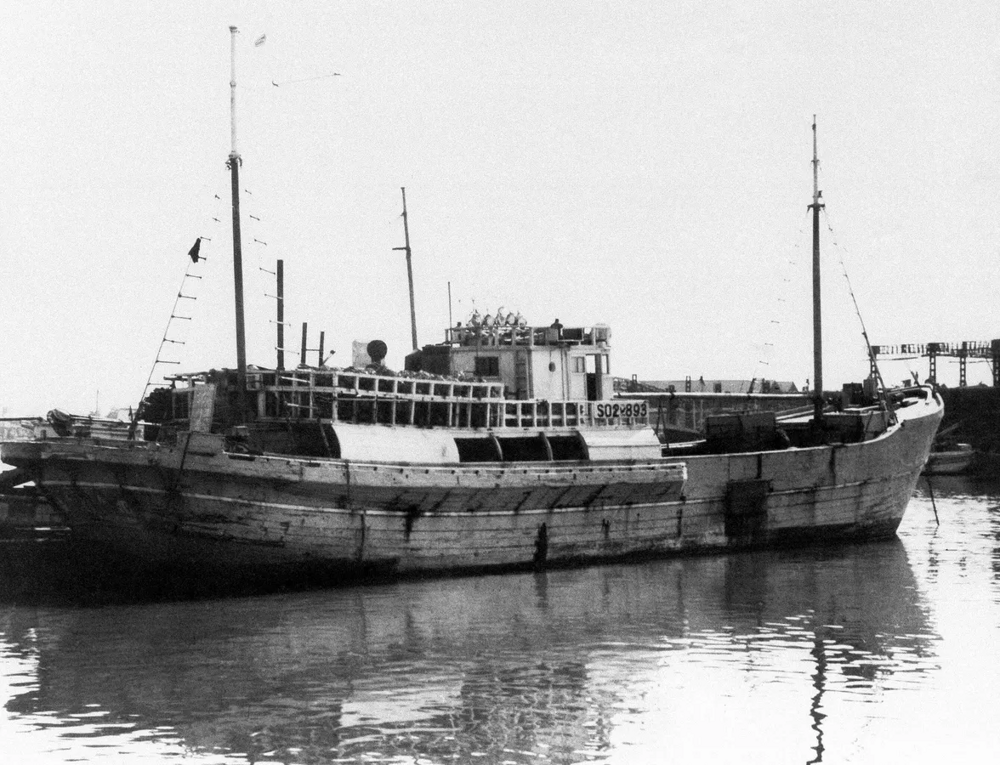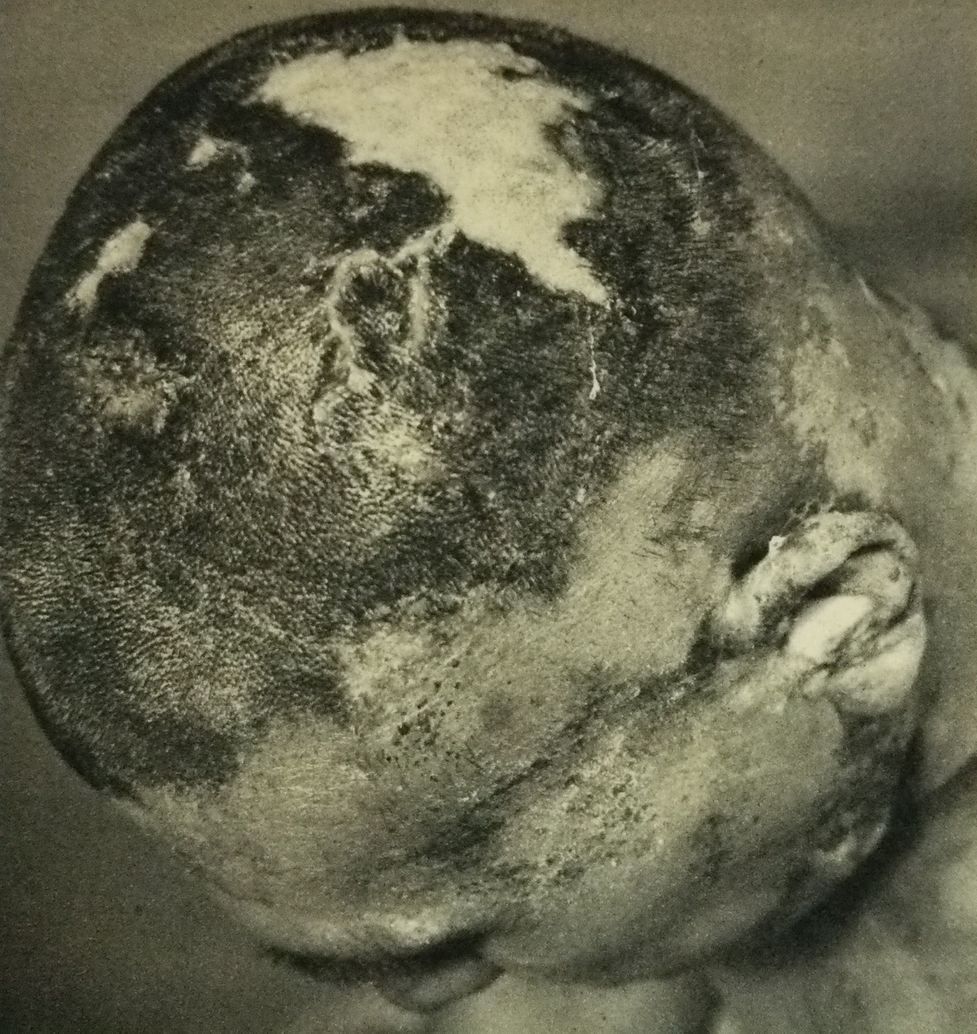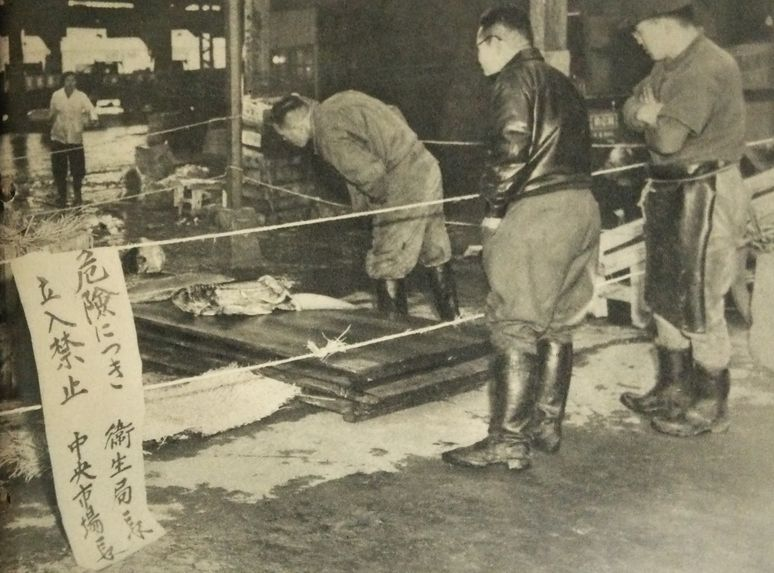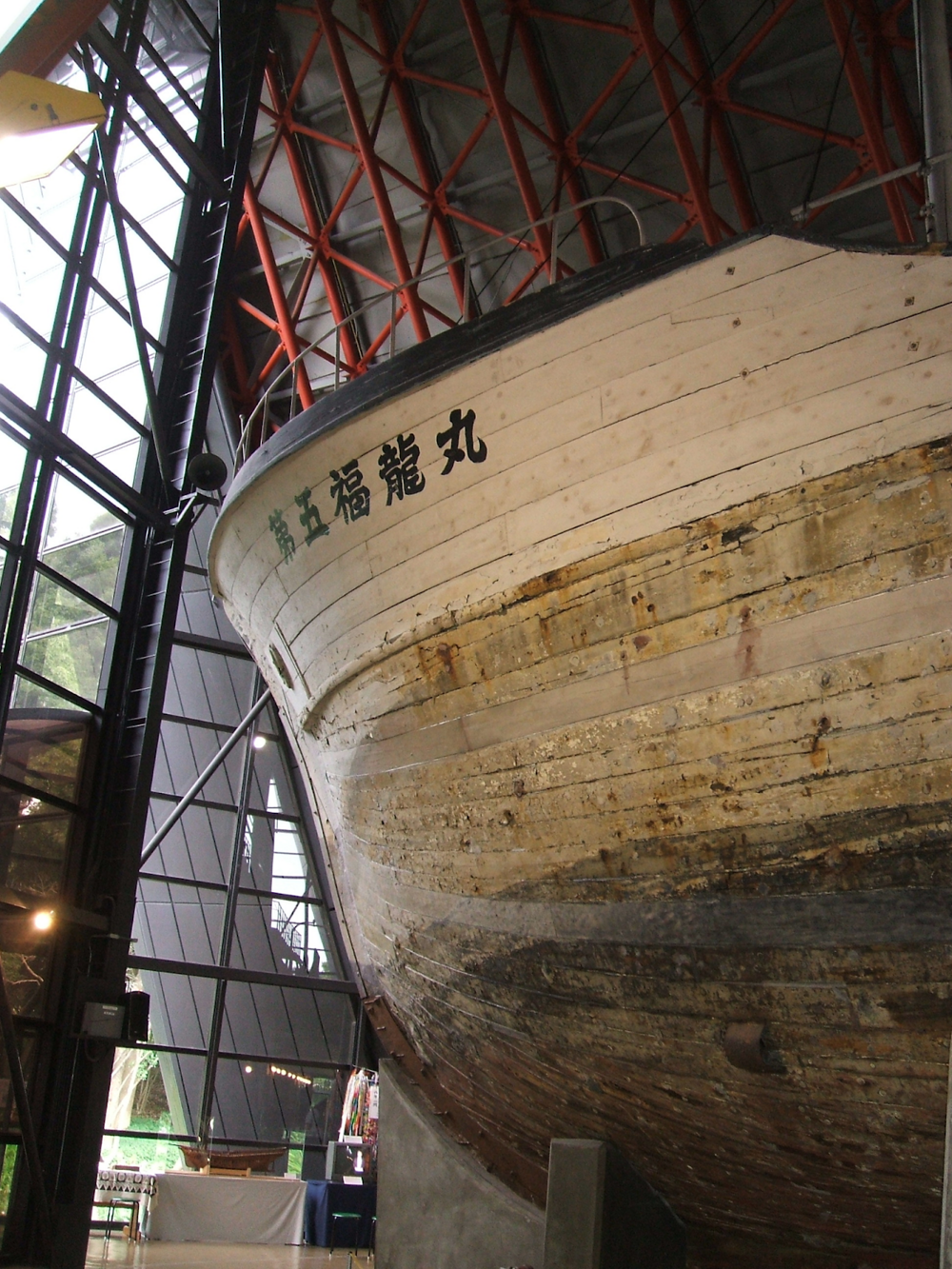Accidental victim of atomic weapons. The last voyage of the schooner "Fukuryu-maru" (5 photos)
Testing atomic weapons is a complex and secret task. The preparation and conduct of such tests involve a large number of safety measures, but sometimes they turn out to be insufficient. This happened on March 1, 1954, during the Castle Bravo tests on the Bikini Atoll of the American hydrogen bomb, when the Japanese fishing schooner Fukuryu Maru came under attack. 
Fukuryu Maru before the nuclear incident
The future schooner "Fukuryu-maru" was built in 1947 at the shipyard in the city of Koza in the southern part of the island of Honshu under the name "Kotoshiro-maru number 7". Its displacement was 140.86 tons, its length was 28.56 m, its width was 5.9 m, and its draft was 5.9 m. The power plant had a capacity of 250 hp. allowed to reach a speed of 5 knots. The crew consisted of 23 people.
In 1953, the schooner was given the name "Daigo Fukuryu-maru", literally translated - "lucky dragon number 5". By a fateful coincidence, the ship made 5 trips to sea, during the last one coming under the influence of American nuclear weapons. It happened as follows.
Setting out to sea on January 22, 1954, the Fukuryu Maru headed to Midway Atoll to catch tuna. Having caught some fish, the schooner lost some of its trawls and turned south to the Marshall Islands. Near Bikini Atoll, fishermen lowered their trawl again, unaware of the events taking place nearby. Formally, they did not violate anything - Fukuryu Maru was outside the security zone introduced by the US government, although the Japanese themselves did not know about its existence. In addition, American scientists greatly underestimated the power of the explosion and limited it to too small an area.
On March 1, a hydrogen bomb exploded. It is not known exactly how close the fishermen were to the epicenter - we can talk about 14 miles from the borders of the safety zone, or 80 miles. The last figure is often called more reliable, since when the schooner was closer to the epicenter, the Americans could have noticed it from patrol aircraft.
Be that as it may, the blast wave did not reach Fukuryu Maru, but three hours after the explosion it was covered by “rain” in the form of radioactive ash, consisting mostly of pieces of bottom corals and sand. Of course, the fishermen could not help but notice the nuclear “mushroom”, but it took six whole hours to leave the place they occupied. This is exactly how much it took to lift the trawl and process the caught tuna. The crew did this under the ashes, which, so as not to interfere, had to be collected into bags with bare hands and thrown overboard. 
The effects of radiation on the captain of the Fukuryu Maru
When the schooner finally left the Marshall Islands area, all the fishermen showed the first symptoms of radiation sickness - headaches, nausea, dizziness, red eyes and diarrhea. The effect was further enhanced by the fact that one of the crew members kept a small bag of ash for analysis and placed it in the cockpit where the others were. Over time, blisters appeared on their bodies and hair began to fall out.
The Fukuryu Maru arrived in Japan only on March 14, having also been delayed due to a storm. By this time, the authorities were aware of the deplorable state of affairs on the schooner, so the sailors were immediately quarantined in the town of Yaizu, where scientists from the University of Tokyo arrived. Their analysis of the contents of that same bag showed that the ash was formed as a result of the explosion of a hydrogen bomb. This came as a shock to the Americans, who kept their tests in the strictest confidence and did not suspect that anyone could find out about them.
Soon all crew members were transferred to the hospital at the University of Tokyo, where both Japanese and American doctors took care of them. True, according to the recollections of the fishermen themselves, the Americans studied them rather than treated them. When the fishermen began to demand their removal, Foreign Minister Katsuo Okazaki personally appeared at the hospital and persuaded them to be patient with the Americans. 
Radiated tuna at a market in Osaka, 1954
The treatment progressed quite successfully, but at the end of August the condition of one of the crew members, radio operator Aikichi Kuboyama, worsened. On September 23, 1954, he died, becoming the first victim of a thermonuclear weapon. The remaining 22 people were discharged on May 20, 1955. Later, the United States paid them and Kuboyama's family compensation in exchange for refusing to grant them the status of victims of the atomic bombings, as was done for the residents of Hiroshima and Nagasaki.
Subsequently, the fishermen suffered from various complications. Some died from cancer, others from cirrhosis of the liver. The most famous of them was Oishi Matashichi. He had a stillborn child, but Matasici was able to overcome liver cancer and became an anti-war activist, living to 87 years old and dying in 2021.
In the United States itself, it was long believed that the Fukuryu Maru deliberately ended up in the affected area, that the schooner was commanded by a Soviet agent, and this was done to publicize the tests and clarify the characteristics of the weapon itself. The successful test of a Soviet hydrogen bomb just a year after the incident with Japanese fishermen was perceived as confirmation that the USSR was behind the incident.
It soon became known that in the Bikini Atoll area at the time of the tests there were about a hundred fishing boats, whose crew members also suffered from radiation, although not very significantly. In Japan, the Fukuryu Maru story gave rise to a strong anti-nuclear and anti-American movement, which resulted in a ban on this type of weapon and demands for the withdrawal of American troops, which, however, were not successful. 
"Fukuryu Maru" in the museum. Tokyo, 2007
The schooner itself was purchased by the Tokyo University of Fisheries for research on August 22, 1954. In 1956, it was renamed Hayabusa Maru and began to be used as a training ship, but was soon abandoned. In 1970, the media drew attention to a ship lying among debris in the canal. The canal was cleared, and the schooner itself was pulled ashore and opened to the public in 1976.





























